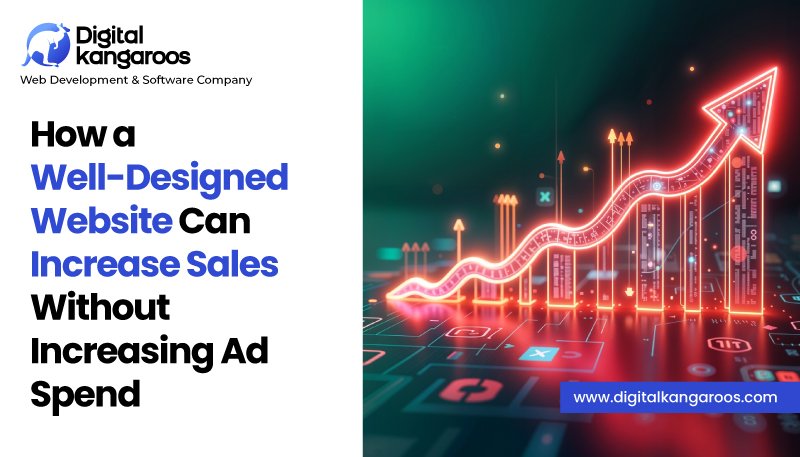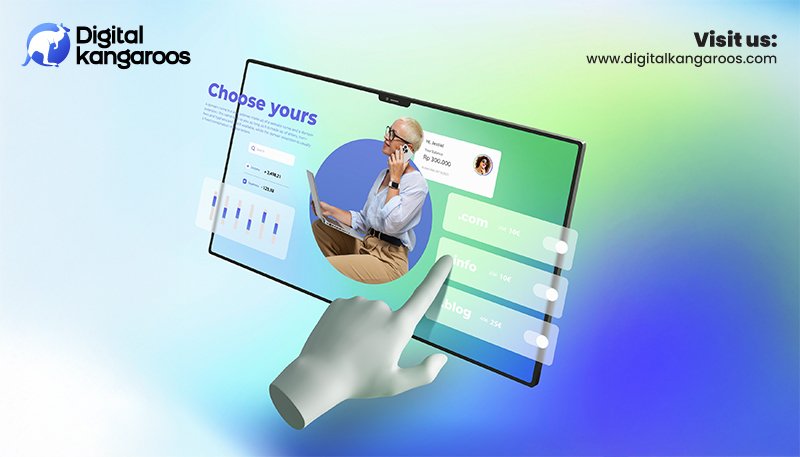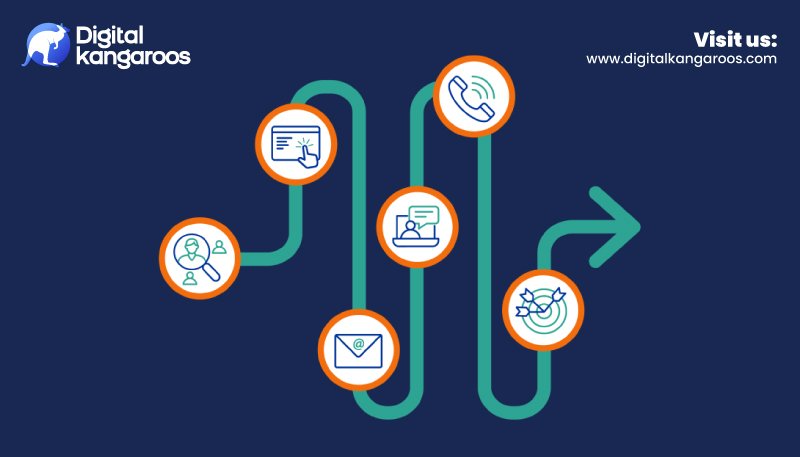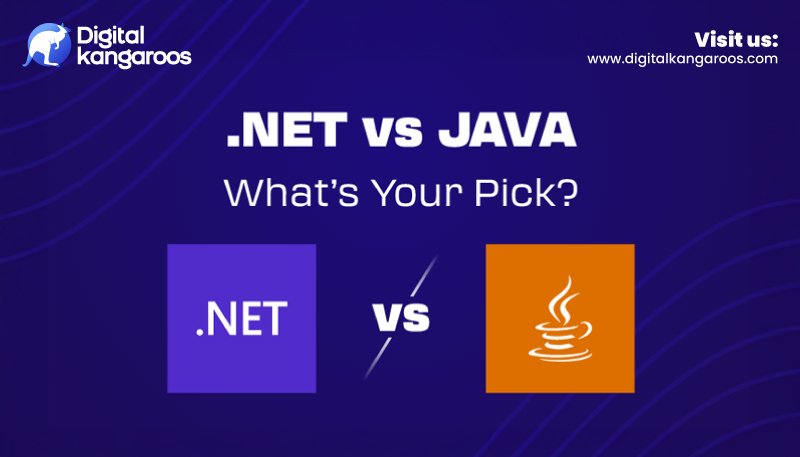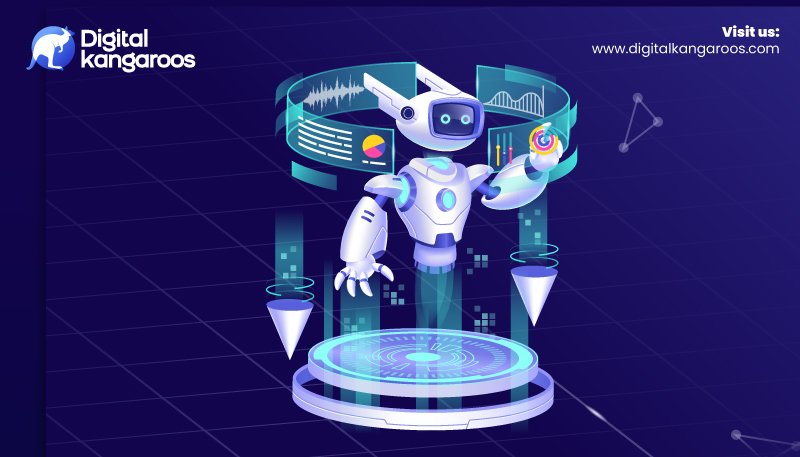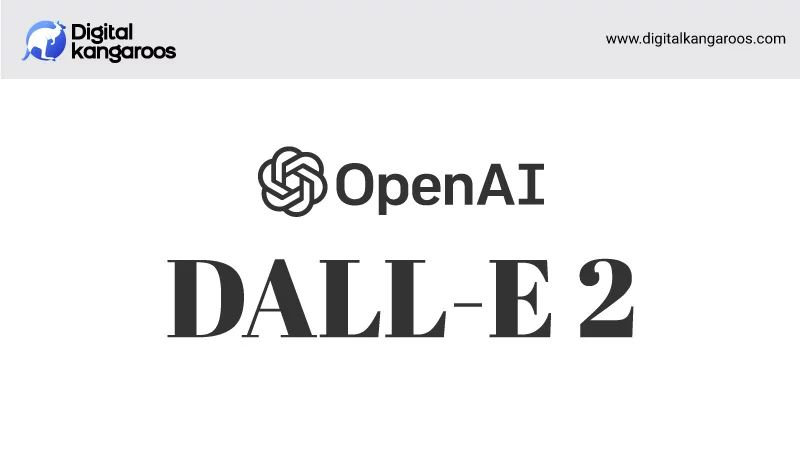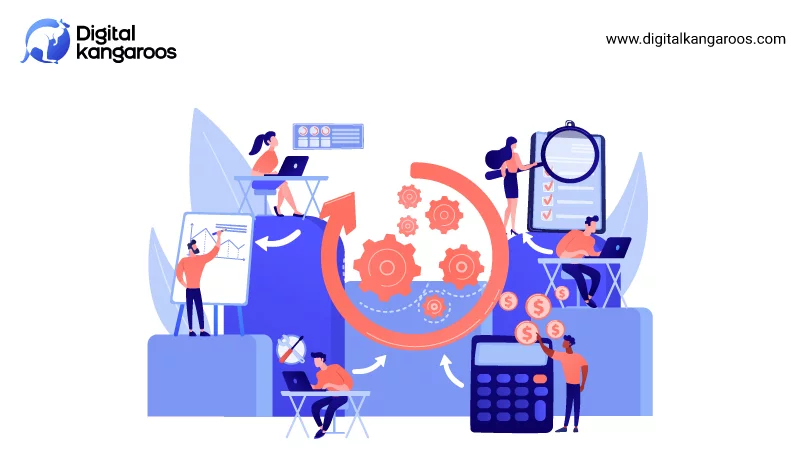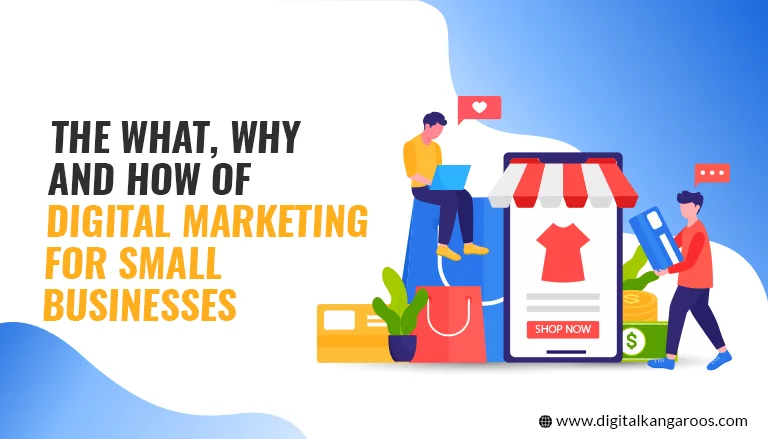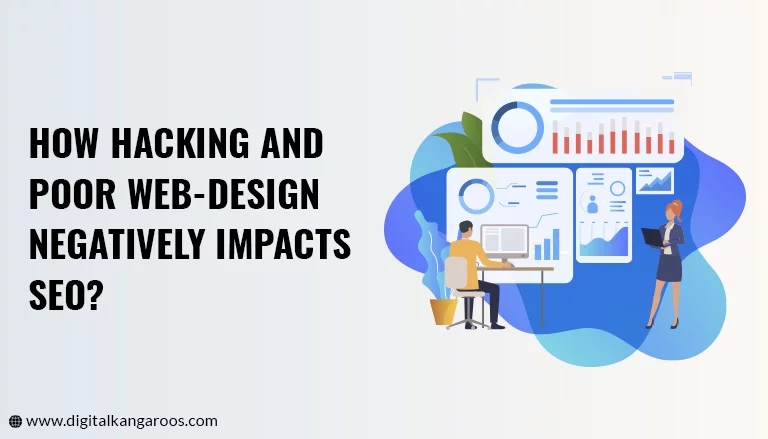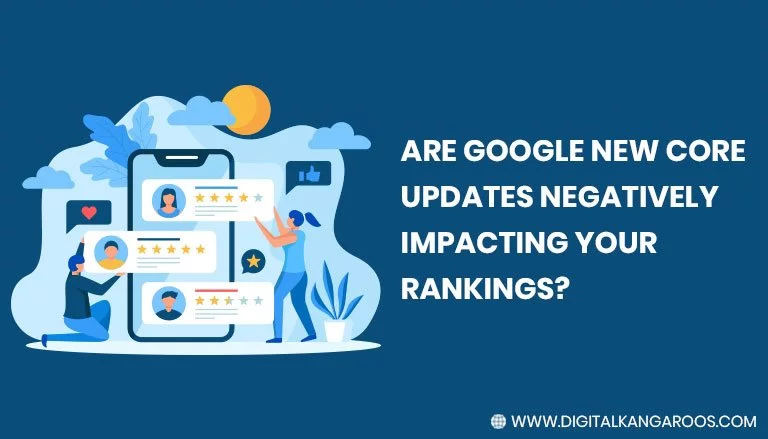In today’s digital-first business environment, your website is often the first touchpoint customers have with your brand. But having a...
In today’s digital-first business environment, your website is often the first touchpoint customers have with your brand. But having a beautifully designed website is no longer enough—your site must be SEO-ready from Day One. This means search engine optimization is built into the foundation of your website, not added as an afterthought.
Brands that invest in SEO-driven web development experience stronger visibility, higher traffic, better conversions, and greater long-term digital growth. Here is why an SEO-ready website matters and how it directly impacts business success.
What Is an SEO-Ready Website?
An SEO-ready website is designed, developed, and structured to help search engines crawl, index, and understand your content easily. It ensures that your website meets the technical, structural, and content requirements that improve your rankings on Google and other search engines.
Key features of an SEO-optimized website include:
- Clean, crawlable site architecture
- Fast loading speed
- Mobile responsiveness
- Optimized metadata and page structure
- High-quality, keyword-targeted content
- Secure HTTPS framework
- Image, URL, and schema optimization
When done right, SEO becomes a growth engine built directly into your website.
Why SEO Should Be Part of the Web Development Process from Day One
1. It Saves Time, Money, and Effort Later
Retrofitting SEO after a website is already built often requires:
- Rebuilding page layouts
- Fixing slow-loading code
- Reworking navigation or internal linking
- Re-optimizing content and metadata
This can be costly and time-consuming. Building with SEO from the start integrates best practices naturally, reducing post-launch fixes.
2. Search Engine Crawlers Understand Your Website Better
Search engines rely on your site structure to map and index content. If your website is poorly structured, crawlers struggle to understand your content and may skip important pages.
An SEO-ready structure ensures:
- Logical page hierarchy
- Clear navigation
- Crawl-friendly URLs
- Proper interlinking
This boosts visibility, discoverability, and ranking.
3. Faster Load Times Improve Ranking and User Experience
Site speed is a major ranking factor.
Google prioritizes websites that:
- Load in under 2 seconds
- Use lightweight code
- Compress images
- Have optimized JavaScript and CSS
A fast website not only ranks better but also reduces bounce rates and increases conversions.
4. Mobile Optimization Is Non-Negotiable
With over 60% of searches happening on mobile, Google uses mobile-first indexing. This means Google primarily evaluates your mobile site for ranking.
An SEO-ready website ensures:
- Responsive design
- Mobile-friendly layout
- Clickable CTAs
- Touch-friendly spacing
- Fast loading on mobile networks
5. SEO-Driven Content Strategy Enhances Visibility
High-quality content is the backbone of search rankings. When SEO is part of the build process, you can plan content around:
- Keyword clusters
- User search intent
- Competitive analysis
- Structured headings (H1, H2, H3)
- Optimized meta tags
This ensures your pages rank for the right search queries from day one.
6. Better User Experience = Better Rankings
Google now prioritizes websites that offer exceptional UX. An SEO-ready website naturally enhances UX through:
- Easy navigation
- Clean layouts
- Fast performance
- Clear CTAs
- Accessible design
Strong user experience reduces friction and increases engagement, resulting in higher rankings.
7. Future-Proof Your Website Against Algorithm Updates
Google continues to roll out algorithm updates focusing on:
- Speed
- Security
- Quality content
- User experience
- Technical health
Websites built with modern SEO standards stay resilient and maintain ranking stability.
SEO-Ready Websites Deliver Strong Business Outcomes
Building an SEO-ready website ensures:
- Higher organic traffic
- Reduced paid marketing dependency
- Better quality leads
- Improved brand authority
- Stronger long-term ROI
When your website is optimized from the start, every marketing effort you invest later becomes more effective.
How Digital Kangaroos Helps Businesses Build SEO-Ready Websites
At Digital Kangaroos, we design and develop websites engineered for performance, visibility, and conversion. Our approach integrates SEO at every stage—strategy, design, development, testing, and content—to ensure your website becomes a powerful business growth asset.
We deliver:
- SEO-focused UI/UX
- Technically optimized website architecture
- Fast-loading, mobile-responsive pages
- On-page SEO setup (metadata, URLs, schema)
- SEO-ready content structure
- Audit-backed performance improvements
Whether you’re building a new website or upgrading an existing one, our development and SEO experts work together to position your brand for search visibility and sustainable growth.
Conclusion
Building an SEO-ready website from day one is no longer optional—it is essential. It drives organic growth, enhances user experience, reduces future costs, and strengthens your digital presence. Brands that prioritize SEO early gain a significant edge over competitors.
If you are planning a new website or considering an upgrade, start with an SEO-first approach. Your future traffic, leads, and revenue depend on it.



